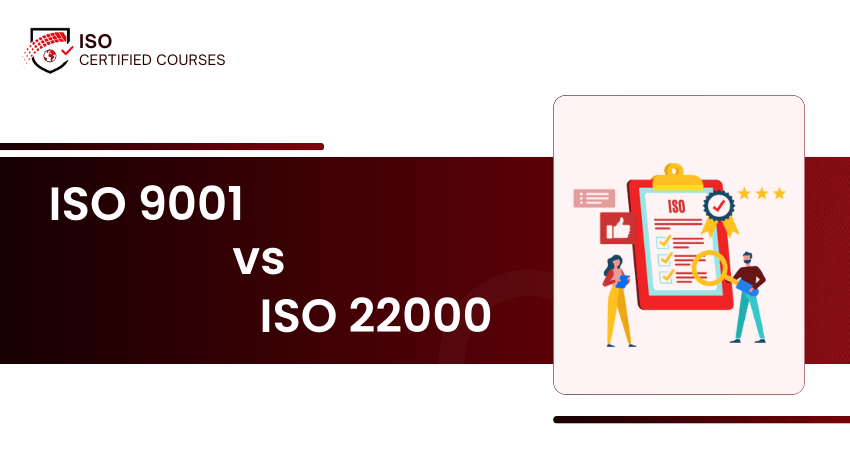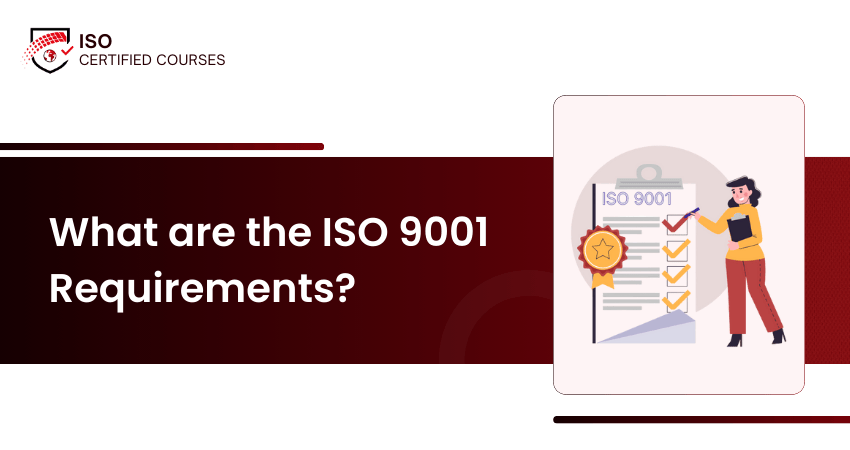What Is ISO 45001 Training Courses ?
ISO 45001 is the international standard for Occupational Health and Safety (OH&S) Management Systems. This training helps learners understand the principles of risk management, hazard identification, and continual improvement in workplace safety. It also provides practical guidance to establish, monitor, and maintain a compliant OH&S system suitable for organisations of any size or industry.
Countries
Locations Worldwide
Years of Expertise
Certified Trainers
Where is ISO 45001 Applied in Real-world Industries?
Construction: Prevent injuries through risk assessments and safety procedures
Manufacturing: Promote safe operations with hazard controls and training
Healthcare: Protect staff and patients by reducing health and safety risks
Logistics: Improve transport safety through clear processes and regular inspections
Browse Our Courses
The Benefits of ISO 45001 Training Courses

60% decrease in workplace incidents
Learn to identify, assess, and control risks using internationally recognised health and safety frameworks.

55% faster compliance with legal requirements
Understand regulatory obligations and implement systems that simplify audits and reduce legal exposure.

50% improvement in safety culture
Gain tools to drive employee engagement, leadership buy-in, and shared responsibility for occupational health and safety.

45% reduction in absenteeism
Create safer work environments that protect staff wellbeing and reduce productivity losses due to injury or illness.

40% lower insurance premiums reported
Help organisations demonstrate due diligence, lowering liability and making insurance negotiations more favourable.

70% of professionals say it boosted career prospects
Stand out as a proactive safety leader with expertise that is highly valued across industries and regions.
Our ISO Training, Your Format
Choose the training format that fits your team’s goals, schedule, and preferred learning style. Our ISO Certified Courses are designed to deliver consistent, high-quality learning, anytime, anywhere.
Classroom Training
Online Instructor-Led Training
Online Self-Paced Training
Discover Your Ideal ISO Learning Path and Build a Standards-driven Future
Proven ROI: Why ISO Standards Matter
67% of organisations implementing Quality Management Systems report significant savings.
24/7 Learning Assistance

Served 10K+ Global Learners
Frequently Asked Questions
What is the main purpose of ISO 45001 Certification?
ISO 45001 helps organisations manage health and safety risks, reduce incidents, improve compliance, and promote employee wellbeing. It creates a structured framework to improve workplace safety culture and operational responsibility across all industries.
Who should take the ISO 45001 Training?
This training is for those involved in safety management or compliance. It is useful for Team Leads, Safety Officers, or anyone responsible for creating or improving occupational health and safety procedures.
How does ISO 45001 differ from OHSAS 18001?
ISO 45001 replaces OHSAS 18001. It adopts a risk-based approach, aligns with ISO management structures, and integrates better with ISO 9001 and 14001 systems for seamless health and safety management.
Can ISO 45001 apply to non-industrial workplaces?
Yes. ISO 45001 is scalable and applies to businesses of any size. Small companies benefit from improved safety procedures, reduced incidents, and easier regulatory compliance, even with limited staff and resources managing health responsibilities.
What are the core components of ISO 45001?
Key elements include leadership involvement, worker participation, hazard identification, risk assessment, incident investigation, legal compliance, performance evaluation, and continual improvement. These components form the foundation for effective workplace health and safety management.
Explore Our Most Popular Topics
Satisfied Clients From 5k+ Organisations In Different Fields












What Our Clients says about us
The ISO 9001 Internal Auditor Training gave me practical insight into quality systems and how to apply audit techniques effectively. The sessions were clear and approachable, even without prior auditing experience. I now feel confident reviewing documentation, identifying nonconformities, and contributing to continuous improvement. The real-world examples and audit scenarios helped me understand the practical side of compliance and how it fits into our daily operations.
Completing the ISO 45001 Foundation Training provided me with a solid understanding of occupational health and safety standards. The training clarified legal requirements, hazard identification, and risk control measures. I’ve applied this knowledge to improve our incident response protocols and reinforce safety culture within the team. It’s also made me more effective at communicating compliance expectations and supporting ongoing H&S initiatives.
The ISO 22301 Foundation Training helped deepen my knowledge of business continuity planning and risk preparedness. The course content was practical and focused on real implementation challenges, which I could immediately relate to my role. I now play a more active part in reviewing continuity plans and coordinating recovery strategies. The training has improved how we manage operational risks and strengthened our overall resilience.
I registered my team in the ISO 9001 Lead Implementer Training, and the improvements were visible right away. The training gave us the tools to standardise workflows, enhance documentation, and build a consistent quality management system. The team has taken ownership of processes and is now more proactive in identifying areas for improvement. It’s significantly enhanced how we align with best practices and deliver results with greater reliability.
Our team participated in the ISO 45001 Lead Auditor Training to reinforce our internal safety and compliance framework. The training not only improved our auditing skills but also helped us critically assess our workplace health and safety practices. We’ve since implemented stronger controls and improved reporting structures. The shift in awareness and engagement has been very positive, especially in high-risk areas.












































